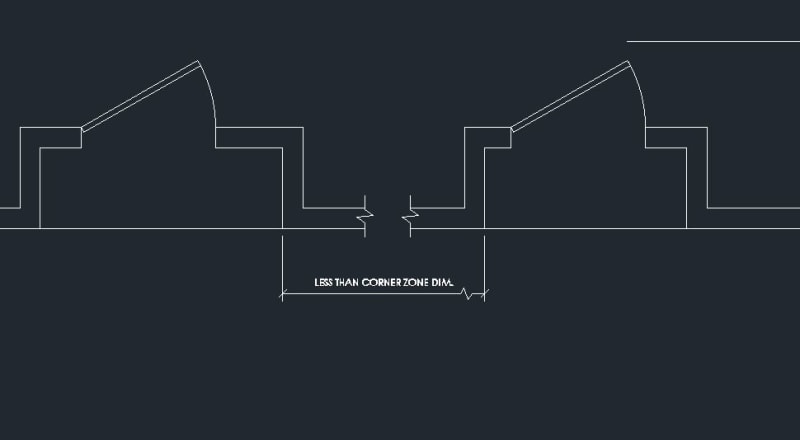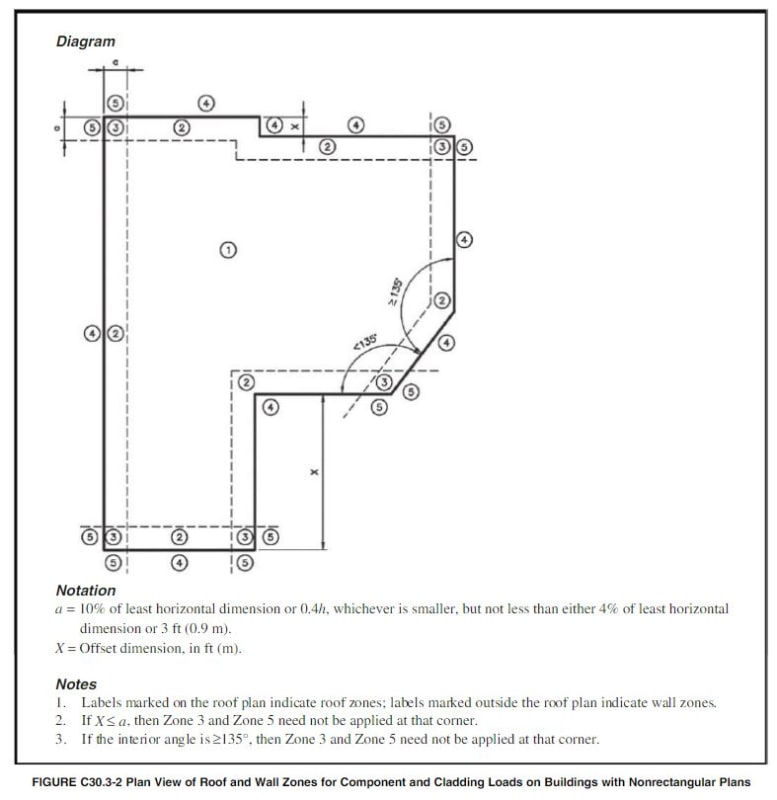Ceinostuv
Structural
- Aug 16, 2018
- 52
I typically apply corner zone loading for components and cladding where any outside corner over 1'-0" occurs on a level but I'm starting to feel this is overly conservative and am curious to hear what others do. Where do you apply corner zones and what is your reasoning? Say you were working on an apartment building with recessed balconies spaced less than the corner-zone dimension (see image), would you design every stud with corner zone pressures?

Judgement-In-Training

Judgement-In-Training

